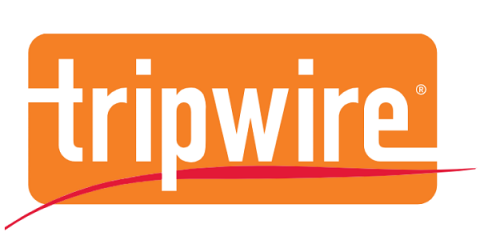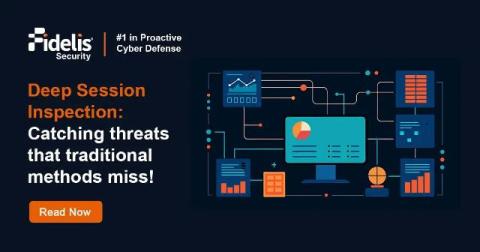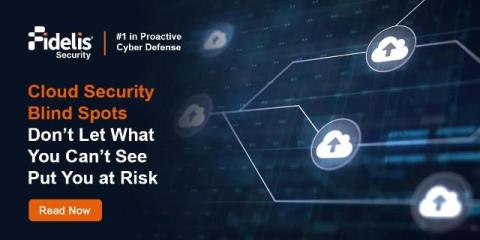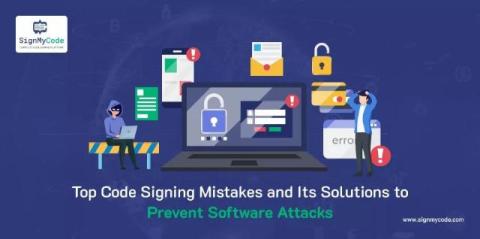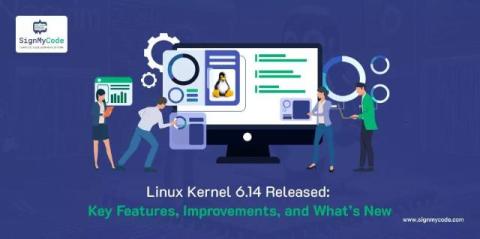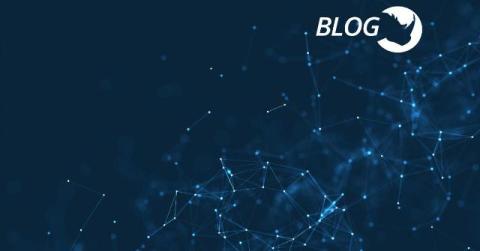What is the Digital Operational Resilience Act (DORA)? Everything you need to know
The Digital Operational Resilience Act (DORA) is a comprehensive EU regulation aimed at financial entities and their third-party information and communications technology (ICT) providers. As a new and largely unexplored regulation, many affected organizations are still in the process of aligning their cybersecurity and risk management processes with the framework.



